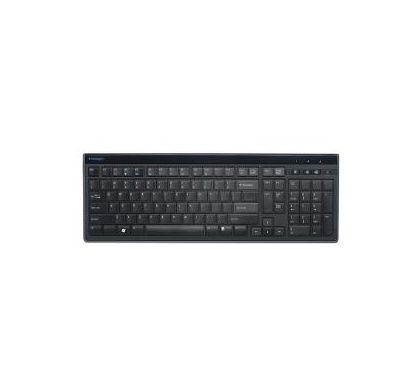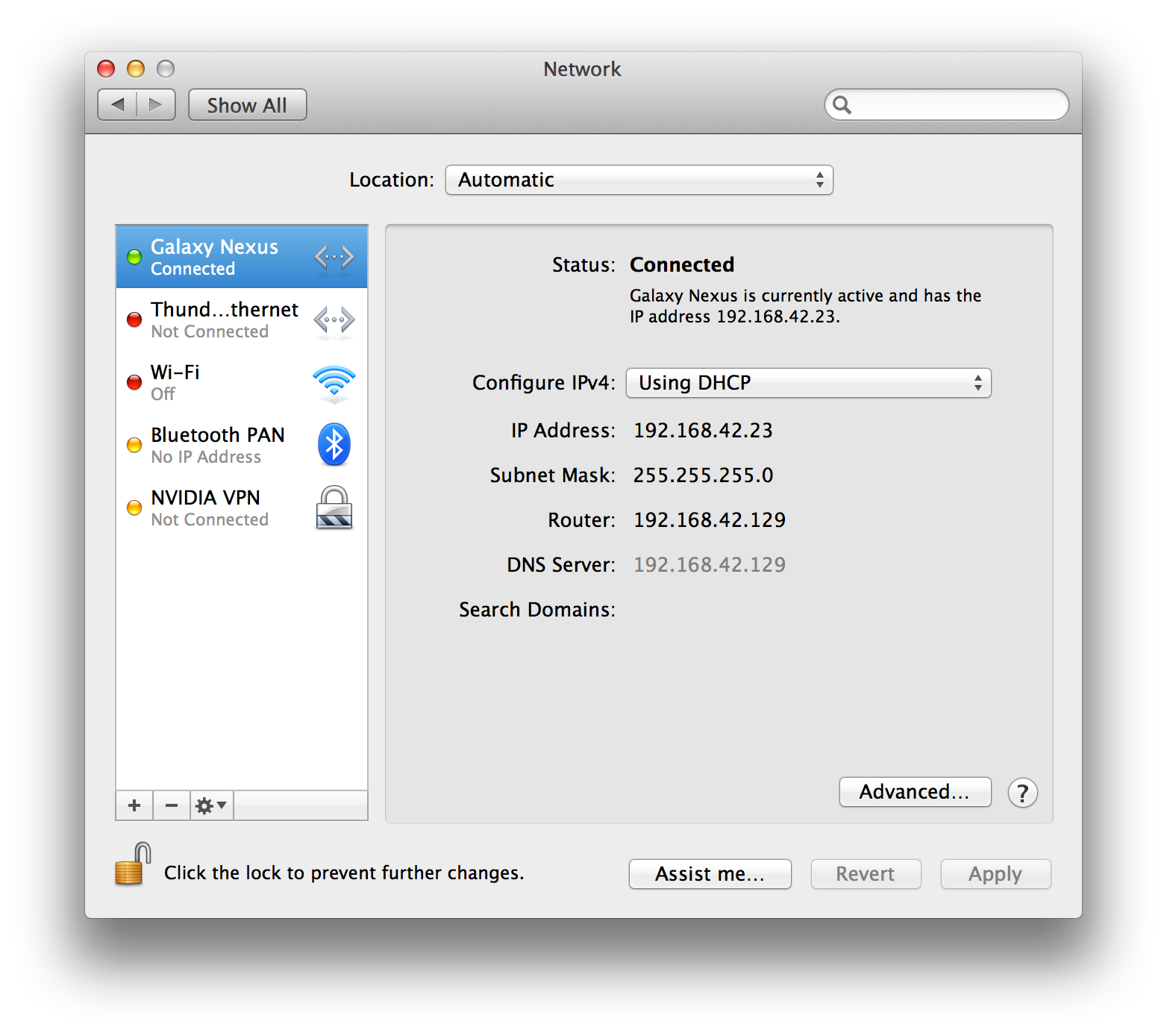Oct 15, 2019 Select “Mac OS Extended (Journaled),” or your preferred format type. The former option can help ensure that the USB drive is made fully compatible with your Mac, since most USB drives are preformatted for Windows computers by default. Connect your ION USB turntable to a USB port on your computer, and power it on. Click on the Start menu at the lower-left of the screen. In the search box, type Sound. In the search results, click the Sound control panel to open it. In the window that opens, select the Recording tab. Look for USB Audio Device (or similar), and double-click it.
- Compact and affordable: Cable Matters USB 3.1 type-C dual slot card reader.
- The Canvio® Advance is built to Toshiba’s world-class quality standards, offering time-tested reliable performance and backed by a 2-year limited warranty 3, so you can feel confident to create wherever inspiration moves you. What’s in the Box Toshiba Canvio® Advance Portable Hard Drive USB 3.0 Cable (works with USB 2.0).
- For Windows
- Advanced SystemCare Free
- Advanced SystemCare PRO
- All IObit Products
- IOTransfer
- For Mac
- Macbooster
- For Android
- AMC Security
- For Windows
- Advanced SystemCare Ultimate
- IObit Malware Fighter Free
- IObit Malware Fighter PRO
- Protected Folder
- Random Password Generator
- All IObit Products
- For Mac
- Macbooster
- For Android
- AMC Security
- AppLock
- For Windows
- IObit Uninstaller Free
- IObit Uninstaller PRO
- IObit Software Updater
- Smart Defrag
- Start Menu 8
- IObit Unlocker
- IObit Undelete
- All IObit Products
- For Mac
- Macbooster
- iFreeUp
- For Windows
- Driver Booster Free
- Driver Booster PRO
- All IObit Products
- Free Online Tools
- Microphone Test
- Internet Speed Test
- Webcam Test
- Online Password Generator
- FAQs
- Refund Request
- Product Manuals
- Reinstall Product
- Transfer to Another PC
- Resend Code
- Renew License
- Online Feedback
Call Now for a FREE diagnosis
1-917-722-5332 for 24x7 Support
Paid service will be offered when needed
- IObit Forums
- News & Updates
- Advanced SystemCare
- IObit Security Software
- IObit Free Tools
- IObit Mobile Apps
- Language
- Help Us Translate
If you’re still using a Mac OS X the time will come when your computer won’t boot, or a problem may arise where you can’t take control of the device, and booting from an OS X installation media will be required.
This is why it’s recommended that you make a Mac OS X bootable USB when your Mac is in working conditions. However, if you find yourself on a scenario where your device (iMac, MacBook Pro, Air, Mac Pro or Mini) is not responding and you happen to have a Windows 10 device, then you can still be able to make a USB bootable installation media for your Mac OS X to reinstall the operating system using the Recovery Assistant.
These instructions will also work for Windows users who are running Mac OS X on a virtual machine and need to upgrade to the latest version. For instance, to OS X Yosemite.
Requirements
Before you dive into this guide, you’ll need a few things:
- A broken Mac computer with Mac OS X.
- A trial copy of the TransMac software.
- One high quality USB flash drive with 16GB of storage.
- A copy of Apple’s macOS (DMG file).
Now that you have all the necessary ingredients, you’re ready to make a Mac OS X bootable USB using the DMG file of the operating system with the steps below.

Create Mac OS X bootable USB installation media
Before you can use TransMac, you first need to partition your USB flash drive with a GPT partition, as a normal MBR partition may not work. To do this, you’ll need to use the Diskpart command-line utility on Windows 10.


Setting up GPT partition
Use these steps to set up a USB drive with a GPT partition:
Mac Usb On Pc
Open Start on Windows 10.
Search for Command Prompt, right-click the top result and select the Run as Administrator option.
Type the following command to open Diskpart and press Enter:
Type the following command to determine the USB flash drive and press Enter:
Type the following command to select the storage and press Enter:
Quick tip: Theselect disk 1command as an example, but you have to replace 1 with the number of the flash drive you want to use.Type the following commands to delete everything from the USB thumb drive and press Enter:
Type the following command to convert the drive into a GPT partition and press Enter:
Type the following command to select the new partition and press Enter:
After you complete the steps, the USB flash drive from MBR to GPT format, you can use the steps below to create a bootable USB installation media to install Mac OS X.
Create USB install media
Use these steps to create a bootable media to install Mac OS X:
Usb Driver Download For Mac
Download and install a copy of TransMac.
Quick note: TransMac is a paid software, but it has a 15-day trial solution, that give us more than enough time to move the DMG files to the USB drive from Windows. (If you want to support the developer, you can purchase the full version.)Insert the USB drive that you’ll use to fix your installation of OS X. (Remember that all the data in the USB will be erased. Make sure you take off any important documents.)
Right-click the TransMac software icon and Run as administrator. (You’ll be prompted to Enter Key or Run, because we’ll be using it once, click the Run option.)
On the left pane, you’ll see all the Windows PC drives listed, right-click the USB drive that you’re intending to use to reinstall Apple’s OS X and select the Restore with Disk Image option.
In the warning dialog box, click the Yes button.
Use the Restore Disk Image to Drive dialog box to browse for the DMG file with the installation files for Mac OS X Yosemite in this case, and click the OK button to create a bootable USB of the operating system.
Now, you’ll have to wait a long time. No kidding. It could take one or two hours to complete the process depending on your computer and other variables.
Once your bootable USB installation media is ready, remove it and insert it into your Mac, power it on, holding down the Option key, and select the USB you just created to reinstall Mac OS X.
Usb Advance For Mac Computers
If you’re having issues trying to create a bootable media, you can get a USB flash drive that comes with Mac OSX ready to install.